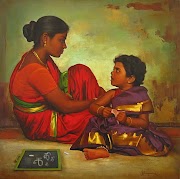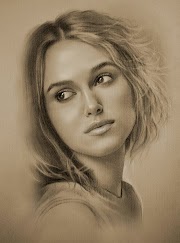source: pexels.com
Digital art skills are always worth improving. Even professional digital artists need to constantly push and challenge themselves in order to avoid stagnating and being left behind.Refreshing and refining those core art skills that help you create brilliant visuals are an important part of improving in your field. If you are struggling with your digital art skills, this list will show you ways you can improve them. In the meantime, you should check out www.IndiaCasinos.com and start making money while you are working on your skill improvement. Online casinos have grown in popularity over the years because not only do they offer people a way to make money, but they are also exciting and entertaining. IndiaCasinos can help you navigate the thrilling world of online casinos. With that being said, let us take a look at our top tips.
#1 Sketching Regularly
Maintaining and improving your skills through regular sketching is essential. Sketching regularly can also help you develop concepts and ideas that you wouldn't have come up with otherwise.
#2 Figure Drawing
An artist's ability to reproduce the human form accurately in various shapes and postures should be a primary skill, no matter what the medium.
Attending life drawing classes is the best way to learn the basics. However, there are plenty of books out there to assist you. Our favorites are:
More concerned with encouraging you to practice than with the theory. It accomplishes this by setting a series of exercises and encouraging you to learn from your mistakes.
Kan Muftics Figure Drawing for Concept Artists
For experienced artists, Figure Drawing for Concept Artists by Kan Muftic might be a better choice. Muftic has created concept art for movies such as Guardians of the Galaxy, Jungle Book, and Godzilla.
It may be right for you if your main objective is to achieve anatomical accuracy. To get human anatomy right, he uses annotated versions of his own pencil drawings, never losing sight of his creative vision.
#3 Portrait Skills
Every artist strives to master portraiture, whether it's drawn from life or imagined.
We found Jake Spicer's Draw Faces in 15 Minutes to be one of the best recent introductions to this subject. In this easy-to-follow book, the subject is broken down into stages based on pencil drawing. The first step will be to build a basic portrait sketch and then enhance your drawings to make them more lifelike.
#4 Animal Art Skills
Leaving humans aside, it's never a bad idea to brush up on your animal drawing skills. You'll learn a lot from Aaron Blaise about how to draw animals, including observational and illustration tips on how to draw bears, wolves, and other creatures.
#5 Character Drawing Skills
In order to improve your character drawing, you must practice, work hard, and be inspired. There are, however, some valuable pointers to be learned from the pros as well.
Stephen Silver, who's worked on animated TV shows like Kim Possible as well as operating the Silver Drawing Academy, has written The Silver Way: Techniques, Tips, and Tutorials for Effective Character Design.
#6 Understanding Composition
No matter what kind of art you produce, composition is crucial. Getting a better understanding of composition principles can make all the difference when you are having trouble with it.















.jpg)






0 Comments